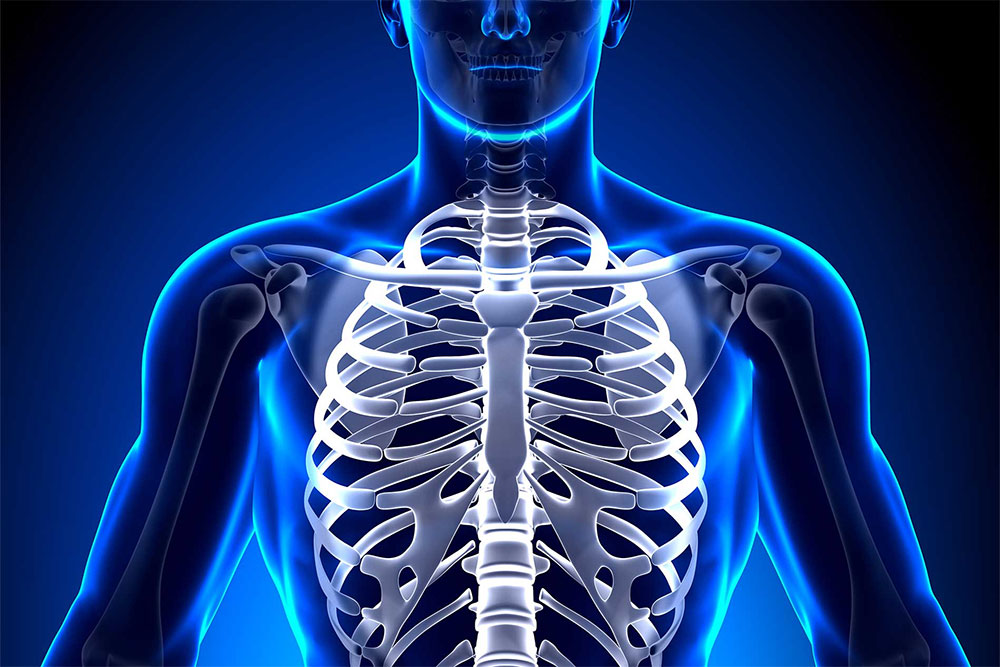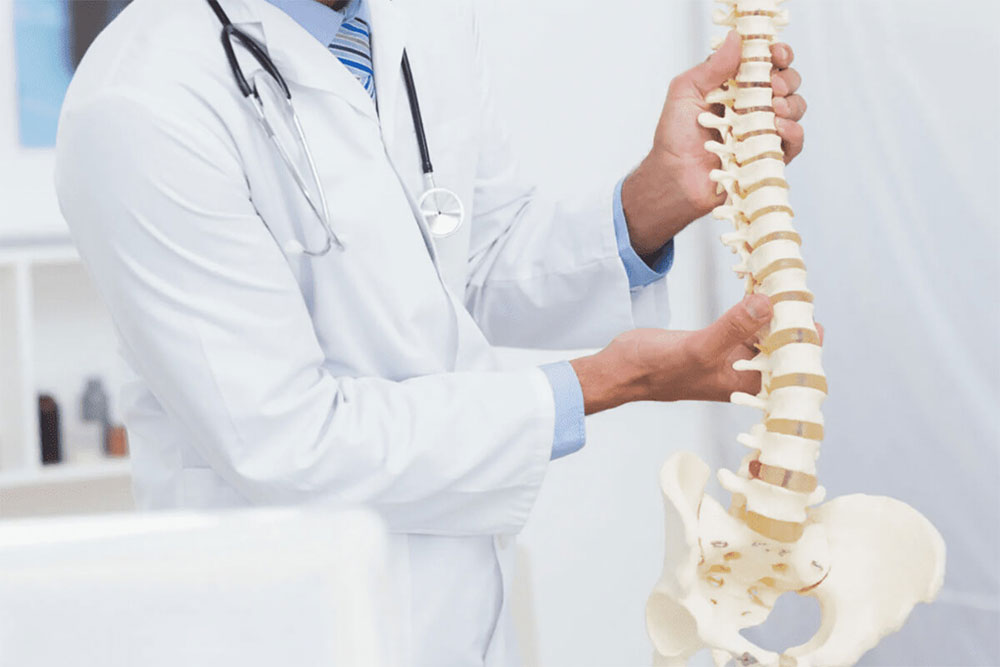The human body is a perfect mechanism, each part of which performs its important function. One of these key elements is the ribs – bones that form the chest and protect important organs. Many people are interested in: how many ribs does a person have and whether their number differs in men and women. Let’s consider this question in more detail.
Number of ribs in a person: the basics of anatomy
An adult usually has 12 pairs of ribs, that is, 24 ribs. They are located symmetrically on both sides of the chest and connect to the spine. Thus, the question of how many pairs of ribs a person has has a simple answer – twelve.
Ribs are divided into three main types:
- True ribs (1-7 pairs) – connected directly to the sternum.
- False ribs (8-10 pairs) – attached to the cartilage of the previous ribs.
- Free ribs (11-12 pairs) – do not have a connection with the sternum, therefore they are called “free”.
Interestingly, the number of ribs in a person is the same in both men and women. The popular myth that men have one less rib because of the biblical story of the creation of Eve has no scientific basis.
How many ribs do men and women have?
Both men and women usually have 24 ribs, although in some cases anatomical deviations may occur. For example, some people may have an additional 13th rib, which is called the cervical rib. It usually does not affect health, but can cause certain inconveniences.
Therefore, the question of how many ribs a person has does not have a gender difference – their number is the same for everyone. The differences may be due only to physiological characteristics or developmental anomalies.
Why is the number of ribs important in humans?
The ribs perform several important functions:
- Protect vital organs such as the heart, lungs, and liver.
- Provide support for the chest, which is important for breathing.
- Serve as an attachment point for many muscles involved in movement.
In addition, the anatomical structure of the ribs allows them to be strong enough to protect the organs, but at the same time flexible enough to provide movement during breathing.
Understanding how many ribs a person has and their anatomical structure helps to better understand the importance of these bones in our body. The number of ribs in humans is 24, divided into 12 pairs, regardless of gender. They are an important part of the human body, providing not only protection for internal organs but also supporting the proper functioning of the respiratory system.




